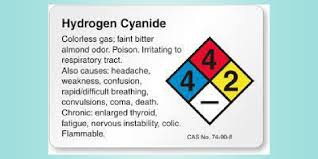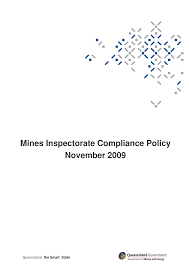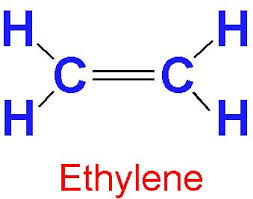
Westcliffe Mine Cancer Cluster linked to 1986 burning PUR fume Exposure
west-cliff-pur-fire cancer cluster
“Based on the number of persons who worked on injection of PUR including initial inspections and fire fighting say approximately twenty persons (generous) using average age of forty-five years (age specific). Expected cases over 10 years equals: per 100,000 would be 20 cases x 10 years = 200 cases or 1 in 500.
At Westcliff using base of 20 men, divided by the number of cases 4, the ratio is 1 in 5.”
He continues “In 1994 non-Hodgkin’s lymphomas accounted for 3.6% of all cancer cases[14].
At Westcliff Colliery in a 10 year period it has been 4 out of 7 cases or 57% or approximately 16 times the normal.”[15]
Russell Watson was the Day Shift Deputy for Longwall 7. He has had ongoing skin problems for the last five years. He spoke to the Illawarra Mercury in 1998 and said “I’m as red as a fire engine and scratch myself like a dog with mange.”[11]
Horne said, “He looked like a lobster, he was red. He was like this for years. He looked like he had been in the sun all day. He was certainly involved (in the fire).”
Horne believes the fumes were toxic and that there is a link between the miners’ medical conditions and
the fire, “There seems to me too much of a coincidence. You can do anything with this substance, just don’t burn it. If this product burns it’s lethal,”[12] he continued, “Even if you have protected apparatus for breathing this substance can be ingested through your skin.”
Another miner said, “I worked in the return one or two days after the fire, building the chocks and setting props. The chemical smells were coming down the return. I have had eye infections for the last five years and have seen a number of specialists.”[13] The specialist couldn’t explain his eye infection
I have already mentioned one of the products of burning PUR is Hyroden Cyanide one of the most deadly substances know to mankind.
HCN is among the most rapidly acting of all known poisons. Absorption occurs by all routes; the mechanism of action is inhibition of cellular respiration. The respiratory, central nervous, and cardiovascular systems are the primary targets of an acute exposure. Information on human exposures was limited to exposures to high concentrations for short time intervals, poorly documented accidental exposures, and chronic occupational exposures.
According to Hartung (1994), a few breaths at “high concentrations” may be followed by rapid collapse and cessation of respiration. If the exposure continues, unconsciousness is followed by death. At much lower concentrations, the earliest symptoms may be numbness, weakness, vertigo, some nausea, and rapid pulse. The respiratory rate increases initially and at later stages becomes slow and gasping. Chronic exposures have been related to thyroid enlargement. Cardiac effects include electrocardiogram changes (HSDB 2000). HCN is not considered a lacrimator (Weedon et al. 1940). Should individuals survive the acute phase of HCN intoxication, recovery can be uneventful and without permanent sequelae.
Based on the number of persons who worked on injection of PUR including initial inspections and fire fighting say approximately twenty persons (generous) using average age of forty-five years (age specific).
Expected cases over 10 years equals: per 100,000 would be 20 cases x 10 years = 200 cases or 1 in 500.
At Westcliff using base of 20 men, divided by the number of cases 4, the ratio is 1 in 5.”
He continues “In 1994 non-Hodgkin’s lymphomas accounted for 3.6% of all cancer cases[14].
At Westcliff Colliery in a 10 year period it has been 4 out of 7 cases or 57% or approximately 16 times the normal.”[15] e


